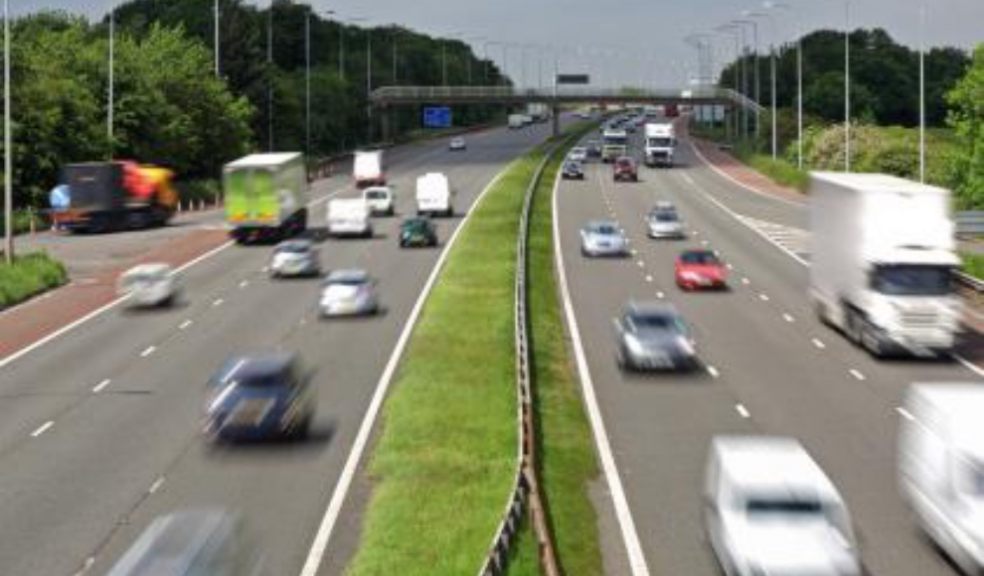
Transport Statement: What you need to know
Most of the new property and land area developments, including modifications or redevelopment-based changes will have some kind of transportation guideline implications. Considering statutory and town planning policy importance (especially the ones with links between land use and corresponding transport layouts), there will definitely be a change impacting development project proposals. This specific change must be identified upfront and addressed early in the project planning process to avoid transportation and movement issues later.
While doing such an assessment, preparing the overlaying proposal in the form of a document, highlighting the issues related to or issues likely to arise in a proposed project development becomes crucial. This document is generally known as the Transport Statement. It usually covers details of the current project site information, including physical infrastructure and characteristics of the project site and its surrounding areas. It also includes the baseline data on the transport systems comprising current transport infrastructure details.
While considering the data applicable for a project, it is incredibly critical to correctly establish and understand the purpose and context of the project proposal.
Few considerations forming part of the baseline data:
- A detailed description of movement methods of the existing location and area, including pedestrian and cyclist movements (if applicable)
- Presently available and operational public transport systems should include the type of service, its frequency, details of bus stops and metro and train stations (if any).
- Brief description of highways and expressways within or near or at close proximity of the project site.
What goes into a Transport Statement?
Considering the baseline information and data, the proposed project site's plans and detailed project layout drawings are prepared. These must include proposed pedestrian and vehicular access points from and to and within the proposed project areas. It is important to note that transport requirements always impact the development of new projects, not just from the perspective of people movement but also from freight, goods, and service movements.
Assessment of transport is always essential for local planning authorities to assess and appraise the operational implications of the overall project site development. It also helps identify the critical measures required to create a more sustainable and environmentally friendly development plan. The transport statement also pays careful attention to the design and layout of the entire project development area to ensure that those on foot or those who cycle or use public transport have convenient and safe access. The need for these measures is to provide safe vehicular movement, vehicle access, and car park areas.
While transport assessments and transport statements are always site-specific, certain essential considerations are common in nature. These considerations and compliance are required to be submitted in support of the overall project developmental plan. This again sometimes depends on specific area limits and allowable thresholds since transport statements are also expected to cover both volume and impact of the traffic and vehicular movement.
Why is the Transport Statement important?
The transport statement generally aims to provide support with some evidence to accompany the overall project plan. Its main aim would be to highlight the fact that particular project development is sited in a location where current and future travel requirements could result in a planned transport method.
When adequately prepared, it also provides relevant information to local authorities to assess and determine the project development plan and recommend changes (if and as required). Professional and expert assistance in preparing the transport statement can assist with necessary pre-development conditions, especially while including legal agreements within or as part of the project development plan.
How does the Transport Statement help?
If there is a huge project development that could be a city-wide plan with significant transport impacts, the process will necessarily become an interactive one with multi-agency involvement. In such cases, there could be different agencies involved with participation and inputs on the overall project layout, its design, local and public transport service and method.
It will become necessary to include expert assistance from subject-matter experts and professionals who can help with the transport statements for interactions with local authorities. While these requirements may not be sufficient for preparing the transport statement, it is also necessary to consider other related local and supplementary information that would address the prevalent local site conditions.
It is critical to note that the scope covers the requirements of specific transport statements. They should always be discussed between the project developer, site managers, their consultants and relevant governing local statutory bodies.

















